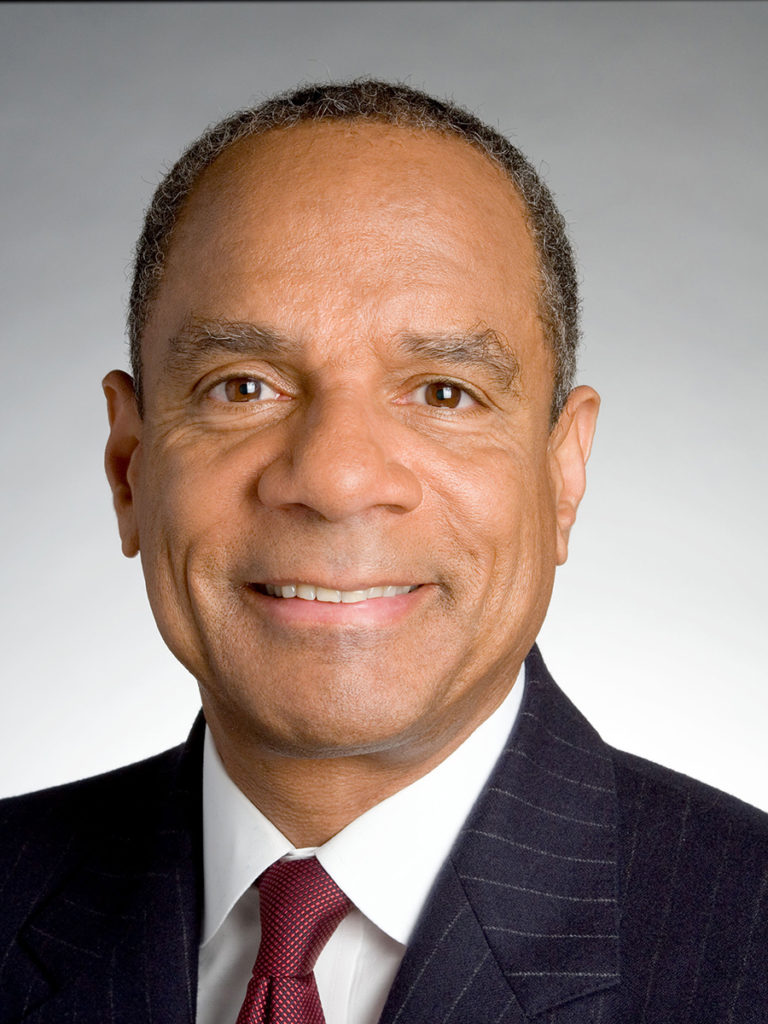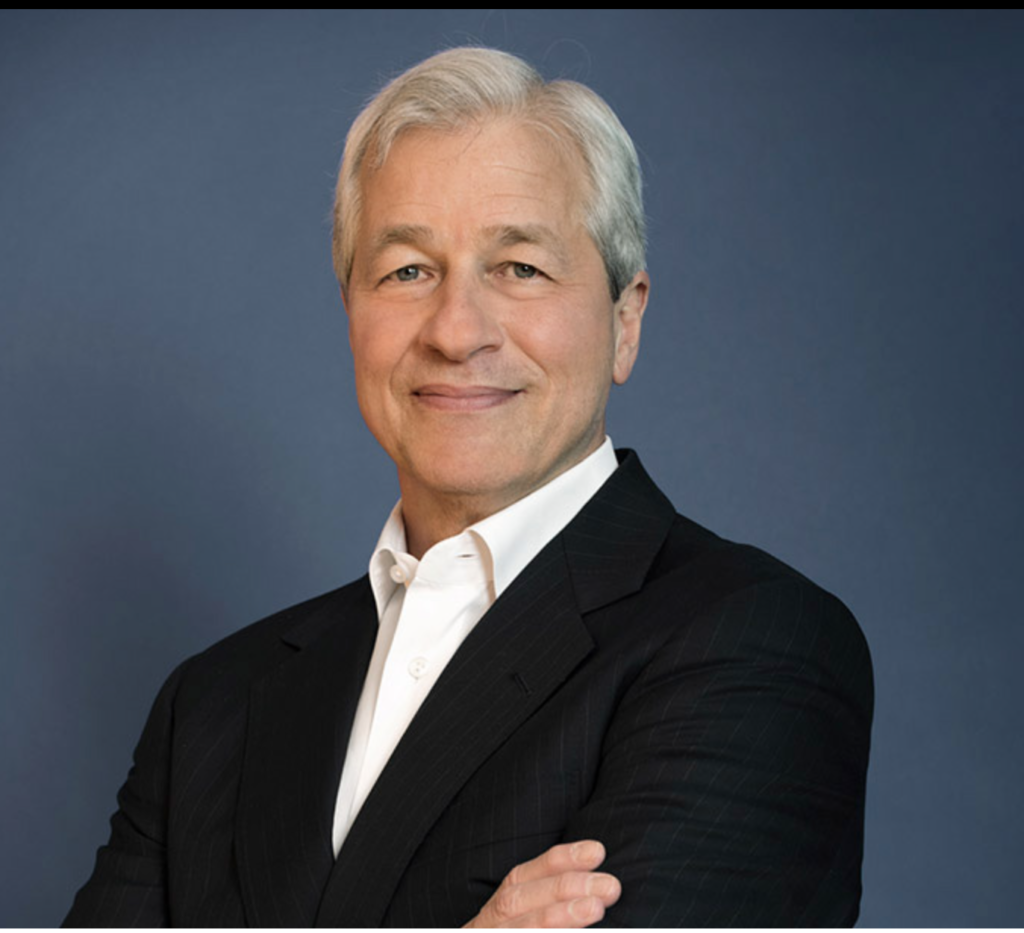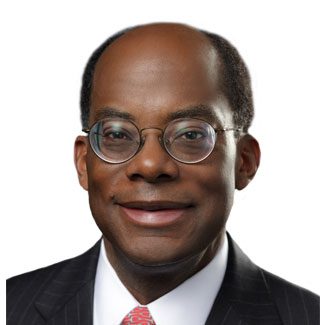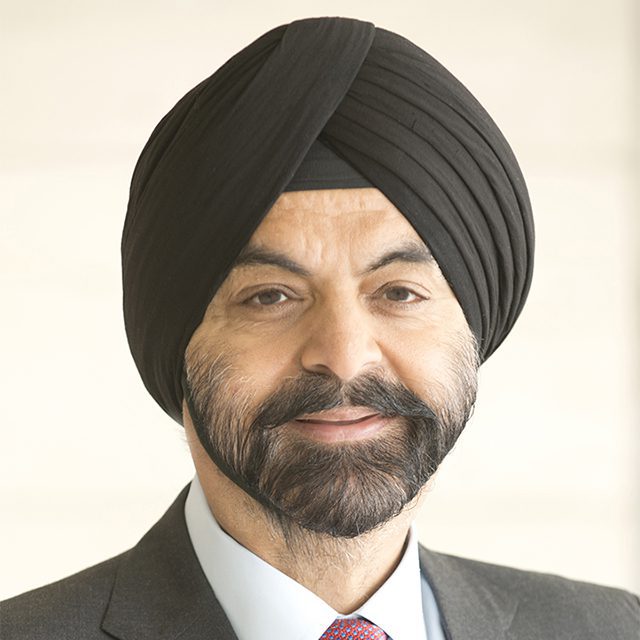‘My Job Is Not To Do Everything You Say’


 In the new book, CEO Excellence: The Six Mindsets That Distinguish the Best Leaders from the Rest, out this month, three McKinsey senior partners share insights based on 20 years’ worth of corporate performance data and in-depth interviews with 67 of the most successful chief executives of the 21st century. All aspects of the role are covered, including setting direction, aligning the organization, mobilizing leaders, engaging the board, connecting with stakeholders, and managing personal effectiveness. In this excerpt, they explore one aspect of engaging the board: how the best CEOs approach harnessing the capabilities of their board.
In the new book, CEO Excellence: The Six Mindsets That Distinguish the Best Leaders from the Rest, out this month, three McKinsey senior partners share insights based on 20 years’ worth of corporate performance data and in-depth interviews with 67 of the most successful chief executives of the 21st century. All aspects of the role are covered, including setting direction, aligning the organization, mobilizing leaders, engaging the board, connecting with stakeholders, and managing personal effectiveness. In this excerpt, they explore one aspect of engaging the board: how the best CEOs approach harnessing the capabilities of their board.
In the feudal system of the Middle Ages, as much as 75 percent of England’s population lived as serfs. On May 25, 1200, King John (of Robin Hood and Magna Carta fame) “freed” a small group of people living near the North Sea by granting them one of the oldest royal “corporation” charters in England’s history. The charter gave the population of the town of Ipswich the ability to elect its officials. After completing voting, the townsfolk decided that, as chronicled by the town clerk, “henceforth there should be in the said borough twelve sworn chief portmen” who “have full power, for themselves and for the whole town, to govern and maintain the said borough and all its liberties, to render judgments of the town and also to keep, ordain, and do in the said borough whatever should be done for the well-being and honor of the said town.”
In doing so, Ipswich created the first documented board of directors in England.
While the specific motives of Ipswich’s citizens weren’t recorded, many historians speculate that it was a combination of not everyone having the right knowledge or judgment to govern a town and the impracticability of having all citizens attend town assemblies—which bears some similarity to the reasons underpinning today’s corporate governance structures. The best CEOs, just like the residents of Ipswich, proactively work to ensure that their boards collectively have the knowledge and judgment to help their corporations flourish. More specifically, they explicitly delineate the roles of the board and management, specify the desired profile of directors, educate the group, and encourage the board to continuously renew itself.
Conceptually, there’s rarely disagreement on the role of the board in public companies. A board is an independent governance mechanism representing the owners (in other words, the shareholders, most of whom are not directly involved in the company) and hence is accountable to them, not the CEO. The management team, on the other hand, led by the CEO, is accountable to the board and responsible for running the company. “The board has three primary functions,” says Lip-Bu Tan, CEO of Malaysian software company Cadence Design Systems. “First is succession planning—hire and fire the CEO—and second is to approve the strategy of the company—where we want to be five or ten years from now. Third is to monitor and manage risks through the audit, governance and compensation committees.”
It sounds straightforward. What all this means in practice, however, is always contentious. CEOs and their teams are often touchy about what they see as interference by directors. Weighty boards with years of experience are used to getting their way and are frequently frustrated because their advice is ignored. Poorly managed, the relationship between the CEO and the board can devolve into a loss of trust and paralyzing ineffectiveness. The best CEOs, however, work with their boards to defuse tensions at the outset. Methods include clearly defining the board’s role and establishing well-understood boundaries.
U.S. Bancorp CEO Richard Davis explains why the latter is vital: “It’s critical to understand that the board will operate at the level you bring them to. If you bring them to the weeds, they will operate in the weeds.” Serving on many boards, Davis has seen the movie play out from both sides. “In my years as an outside board member, I’ve seen a situation where, before every board meeting, the CEO called every director to ask what was on their mind. That’s a terrible idea.” Instead, he explains, “You should leverage the board where you as CEO think it’s most beneficial.” Davis therefore advises, “Be clear about the role you want them to play. Start with the lead director or chairman, given that they manage the board, not you. But it’s up to you alone to establish what your relationship with the board should be.”

The question then is: What role do the best CEOs suggest their boards play? Ken Chenault, former CEO and chairman of American Express, shares what the role should not be: “One of the worst things you can do as a CEO is have a passive board that simply consents to what you want to do and doesn’t engage.” Like Davis, Chenault has been on both sides of the fence. “I’ve been in situations on some other boards where it became clear management felt the board, or some members of the board, didn’t get it. It’s debilitating to an organization when someone gives a very informed presentation and there’s really no engagement as a result. Over time that has an impact on the resolve and confidence of management.”
As for what the role of the board should be, Shiseido CEO Masahiko Uotani cites a potent analogy offered by a board member who was a university professor and former lawyer. “He said to me, ‘You have to understand that corporate governance is like the Japanese Shinkansen—the bullet train. We appointed you as CEO. As CEO, you are running this company; you need autonomy; you need empowerment. You can’t go back to the board asking for their approval for small decisions each time, or you’re going to lack speed and it’s not fun for you as a CEO. You need to go 300 kilometers per hour, very fast. However, the Japanese Shinkansen can be stopped in a minute when it’s necessary. So, if we find you doing something completely wrong, we’re going to stop you in a minute.’ ”

The best CEOs all describe this same “Shinkansen” idea, albeit each in different ways. “We don’t want the board formulating strategy, because if they’re wrong, it’s fatal,” says Netflix CEO Reed Hastings. “If it’s their strategy, they can’t be impartial. You want the board to really understand what the management team’s doing, and you want them to be a good judge of the results and to make the changes necessary to hold them accountable.”
Andrew Wilson, CEO of Electronic Arts, similarly reveals that the healthy dynamic he and his board have is rooted in a shared understanding of the role. “Boards aren’t there to provide direction,” says Wilson. “They’re there to provide perspective. Given the diversity of backgrounds and opinions of board members, the feedback itself is going to have conflict. Our role as a management team is to take that feedback and use it to make the best decisions we can with the information available. The board’s role, once they’ve provided their perspective, is to support us.”

When onboarding new board members, former Best Buy CEO Hubert Joly made it a point to let them know, “I absolutely want your input, but let’s be clear: My job is not to do everything you say.” Such agreements are often formalized in an annual discussion between the board and management, and some CEOs even ask for a written letter of understanding setting out the roles of each party.
Beyond defining the relationship between the board and the CEO, the best leaders also set ground rules in areas that are likely to be contentious. Jamie Dimon, for example, has an explicit agreement with the JPMorgan Chase board when it comes to mergers and acquisitions. “To not get sideways with the board, I immediately put a procedure in place about acquisitions,” he explains. “CEOs can get fired because they have merger talks and don’t inform the board. At the same time, loose lips sink ships, and so I’m clear with the board that if I’m having very preliminary conversations that are the equivalent of getting to know someone, I’m not going to tell them. If it ever gets a little more serious, I’m going to make a phone call to the lead director to let them know where we are in the process. I’ll let the lead director decide whether to call a board meeting or not. I’ll never surprise them.”

Of course, some areas are reserved strictly for the board. As Dimon shares, “Without the CEO in the room, they should talk about succession, about CEO compensation, about how the full board functions. And if and when there’s a crisis, they need to make sure the processes are in place to determine whether the CEO has done anything wrong.”
In some ancient Greek city states, a council of elders was elected by a voice vote of the people, with the winners determined by a group of men in a separate building who’d judge which shouts were the loudest without knowing which candidate received each shout. In modern-day governance in most legal systems, the process is less noisy but not dissimilar. The ultimate appointment and removal of directors is voted on by the shareholders. The board or a nominating subcommittee of the board selects candidates for the director’s job. Most important for CEOs, the board typically seeks input from management for such nominations. The best CEOs don’t wait to be asked—they actively assert what skills and experience are needed to help drive the business forward.

At Teachers Insurance and Annuity Association (TIAA), former CEO Roger Ferguson explains, “We wanted more digital skills, asset-management skills, retail-advisory skills, and diversity so we made those changes. Today we have someone on the board whom we can turn to who has expertise in almost every one of the things we’re trying to do, and that’s a very beneficial place to be.” Nancy McKinstry, CEO of information services company Wolters Kluwer, transitioned from an all-Dutch board to one in which the majority of seats are held by other nationalities. She also brought in tech talent and people with experience as customers of the company’s legal, tax, and health care businesses. “The goal was that the board would reflect the company, and to some extent, reflect our customers,” she says. At Kenya’s Equity Group, CEO James Mwangi made sure four of his nine directors were women because “they’re a major inspiration to young women in the bank of how far they can go.” And the list goes on.

One tool to facilitate getting the right directors in place is a board matrix. At Intuit, says former chief executive Brad Smith, “We adopted some systematic ways to influence the board’s makeup, without doing the board’s job. One tool is the capability matrix. It lists across the top the skills and domains needed on the board to deliver our strategy of being a platform company in the cloud with design thinking. Down below, it lists every director’s name.” The tool comes to life, Smith shares, “by having directors self-assess whether they bring that skill or experience in the room. Then we actually draw circles around the gaps to identify the capabilities we need.” GM has a board skills matrix that is evaluated every year, says CEO Mary Barra. “As the company evolves, we adjust the matrix methodically, updating it for the skills we need over the next five years.” In addition to the matrix itself, such evaluations also ensure board composition requirements include cultural, gender, race, and geographic considerations.
When Eaton CEO Sandy Cutler was the chair of the corporate governance task force at the Business Roundtable, an organization of leading US CEOs, in the early 2000s, he pushed hard for companies to adopt a skills matrix. At the time, a majority of companies in the S&P 500 had a minority of independent directors. Cutler affirms that synching up the matrix with the strategic planning process is a positive—that it forces the key question: “In light of the challenges and the opportunities that lie in front of the company, what skills do we need on this board? Not backward-looking, but forward-looking.”
Getting the right members onto the board is important, but to be impactful, as Netflix’s Reed Hastings puts it, “The board really needs to understand the business, and helping them to do so is something that a CEO should feel it’s their duty to do. Board members need to know the market, the opportunity, the threats, and the internal and external players.”
Research shows that only 10 percent of board members feel they have a solid understanding of the dynamics of the industries in which their companies operate, and only 21 percent say they fully understand how their business creates value. Even when board members do understand the industry, they’re often looking in the rearview mirror, assuming that what was successful over the past 20 years will be the same in the next 20, which is rarely true. To remedy these challenges, boards need to spend time educating themselves on what’s happening inside and outside the company. Excellent CEOs shape what this education should look like, and help the board add value to the business.

In 2013, Piyush Gupta, CEO of Singapore-based bank DBS, decided that the company had to get ahead of the digital transformation happening in the business world. Inspired by a conversation he’d had with Alibaba founder Jack Ma about the power of big data, AI, and analytics, Gupta wanted to make DBS the Alibaba of the banking sector—a technology company that delivers financial services, not vice versa. In August of that year, he took his board to South Korea for two days because the banks there were doing some advanced experiments with digital. They also visited the T.um technology museum, which was created by SK Telecom to show how society will use technology in the future, and they made stops at big technology companies like Samsung to see what they were doing.
With the educational visit still fresh in the board’s minds, Gupta presented his new strategic plan to the group: “We should invest a lot more money in technology and try to build our own technology stack.” The board listened to him, and then said: “If you do all of the stuff you’re telling us you’ll do next year, does that enable you to catch up to Alibaba?” Gupta smiled and said, “Not really. Alibaba is 10 years ahead of us. It’s going to take a long, long time.” So the board said, “Look, in that case, you won’t achieve your vision. We suggest you try to be more ambitious and bolder.” The board then gave Gupta hundreds of millions more to invest in technology on top of the nearly $1 billion the company was already spending. Says Gupta: “The board signaled that it was willing to make a big bet on the way we thought the company should go. The check was a tremendous vote of faith that galvanized the company that we could go out and do it.”

Another way CEOs broaden their boards’ horizons is to hold meetings at different locations and plan educational events around the meetings. Former Chairman and CEO of General Mills Ken Powell points out, “Our board traveled to Shanghai, Paris and so on, and we’d visit plants and get to understand local regulatory matters, consumer preferences, economics and other issues that impact the business. Travel not only helps the board better understand the business, but it also helps cement relationships.”
A good orientation program for new board members can also be a powerful education tool. Establishing such a program not only grounds new board members in topics like changing technology, emerging risks, rising competitors, and shifting macroeconomic scenarios, but also provides a formal introduction to what it means to be an effective board member at the company by reinforcing the roles and expectations. While this may sound obvious, the fact of the matter is that, according to a recent McKinsey survey, only 33 percent of board members feel they received a “sufficient induction” when they took on the job.

The best CEOs don’t let this happen. When he was CEO of Royal Dutch Shell, Peter Voser took board members to offshore platforms, gas-to-liquids plants, and refineries as part of their onboarding. “Let’s face it, most people have no clue what an oil company actually does,” Voser shares. “We brought in technicians who explained how flying robots 2,500 meters under the ocean would fix some hole, and board members would be startled. ‘I didn’t know we did this!’ they’d say. The board needs to understand that the risks of not being able to do that maintenance are vast, as we saw with the Deepwater Horizon. They also need to internalize that the business, to a large extent, is a probabilities game when it comes to exploration. You’re maybe 60 percent successful, and you’re happy with that. Those who come from a retail business or industrial business can find it hard to accept. You need to spend time on that.”

Given the importance of good governance, many find it surprising to hear that only 32 percent of directors report they regularly engage in formal evaluations of their performance, and a paltry 23 percent say their chair invites them to give feedback on whether a meeting was well run or not. Without such feedback, managing the performance of the board becomes challenging. A 2020 survey found that 82 percent of executives think at least one member of their company’s board should be replaced, citing reasons such as advanced age, diminishing performance, serving on too many boards, and reluctance to challenge management. Term and age limits can help, but even with those guardrails in place it’s easy for boards to become bloated and stale. “You must agree on cycling people off at some frequency,” says Mastercard Executive Chair and former CEO Ajay Banga. “Otherwise, they stay on and if people have been there for 14, 18, 22 years, it doesn’t work.”
Top CEOs encourage the chair to regularly evaluate board performance. Brad Smith describes how the process works at Intuit: “The board has an annual evaluation process run by an outside counsel. We all fill out the same forms that ask questions like: ‘How do you think the committees are performing? How do you think the board overall is performing? What areas can be made better?’ We also do anonymous 360 feedback. That gives us insight into questions such as: ‘What does this particular board member bring that is highly relevant to the company and advancing our cause? What is the one thing that would make this board member even more effective? Are there any superstars and any laggards?’ That process has actually led us to discussions about replacing directors.”
Sometimes it helps to bring in a facilitator to work on the dynamics of the board, but this requires everyone who’s participating to have a very mature perspective. Best Buy’s Hubert Joly explains that an assessment of the CEO and board’s effectiveness conducted by an outside consultant produced numerous suggestions for how the board could improve. “My first reaction, as a recovering arrogant leader, was, ‘Who are these people? The company was performing great, we should be saying thank you and congratulations to each other,’” Joly recalls. “It took me one or two weeks to make peace with that and realize that what I was getting wasn’t feedback but ‘feedforward’—things we can work on to be even better in the future. It takes enormous courage to listen to the criticism and say, ‘Yes, of course we can do better.’ In the end, however, it’s a very energizing process.”
Like any team, a board is ideally made up of individuals with the right skills and will to win. Unlike most teams, however, the members of boards typically spend less than 10 percent of their time working together. The best CEOs not only work with their board chairs or lead directors to get the right people on the team. They also put the conditions in place for collective success by explicitly delineating the role of the board vis-à-vis management, specifying the board member profiles that will best help the business, proactively educating the group, and finding ways to encourage the board to continually renew itself.
Chief Executive Group exists to improve the performance of U.S. CEOs, senior executives and public-company directors, helping you grow your companies, build your communities and strengthen society. Learn more at chiefexecutivegroup.com.
0

1:00 - 5:00 pm
Over 70% of Executives Surveyed Agree: Many Strategic Planning Efforts Lack Systematic Approach Tips for Enhancing Your Strategic Planning Process
Executives expressed frustration with their current strategic planning process. Issues include:
Steve Rutan and Denise Harrison have put together an afternoon workshop that will provide the tools you need to address these concerns. They have worked with hundreds of executives to develop a systematic approach that will enable your team to make better decisions during strategic planning. Steve and Denise will walk you through exercises for prioritizing your lists and steps that will reset and reinvigorate your process. This will be a hands-on workshop that will enable you to think about your business as you use the tools that are being presented. If you are ready for a Strategic Planning tune-up, select this workshop in your registration form. The additional fee of $695 will be added to your total.

2:00 - 5:00 pm
Female leaders face the same issues all leaders do, but they often face additional challenges too. In this peer session, we will facilitate a discussion of best practices and how to overcome common barriers to help women leaders be more effective within and outside their organizations.
Limited space available.

10:30 - 5:00 pm
General’s Retreat at Hermitage Golf Course
Sponsored by UBS
General’s Retreat, built in 1986 with architect Gary Roger Baird, has been voted the “Best Golf Course in Nashville” and is a “must play” when visiting the Nashville, Tennessee area. With the beautiful setting along the Cumberland River, golfers of all capabilities will thoroughly enjoy the golf, scenery and hospitality.
The golf outing fee includes transportation to and from the hotel, greens/cart fees, use of practice facilities, and boxed lunch. The bus will leave the hotel at 10:30 am for a noon shotgun start and return to the hotel after the cocktail reception following the completion of the round.